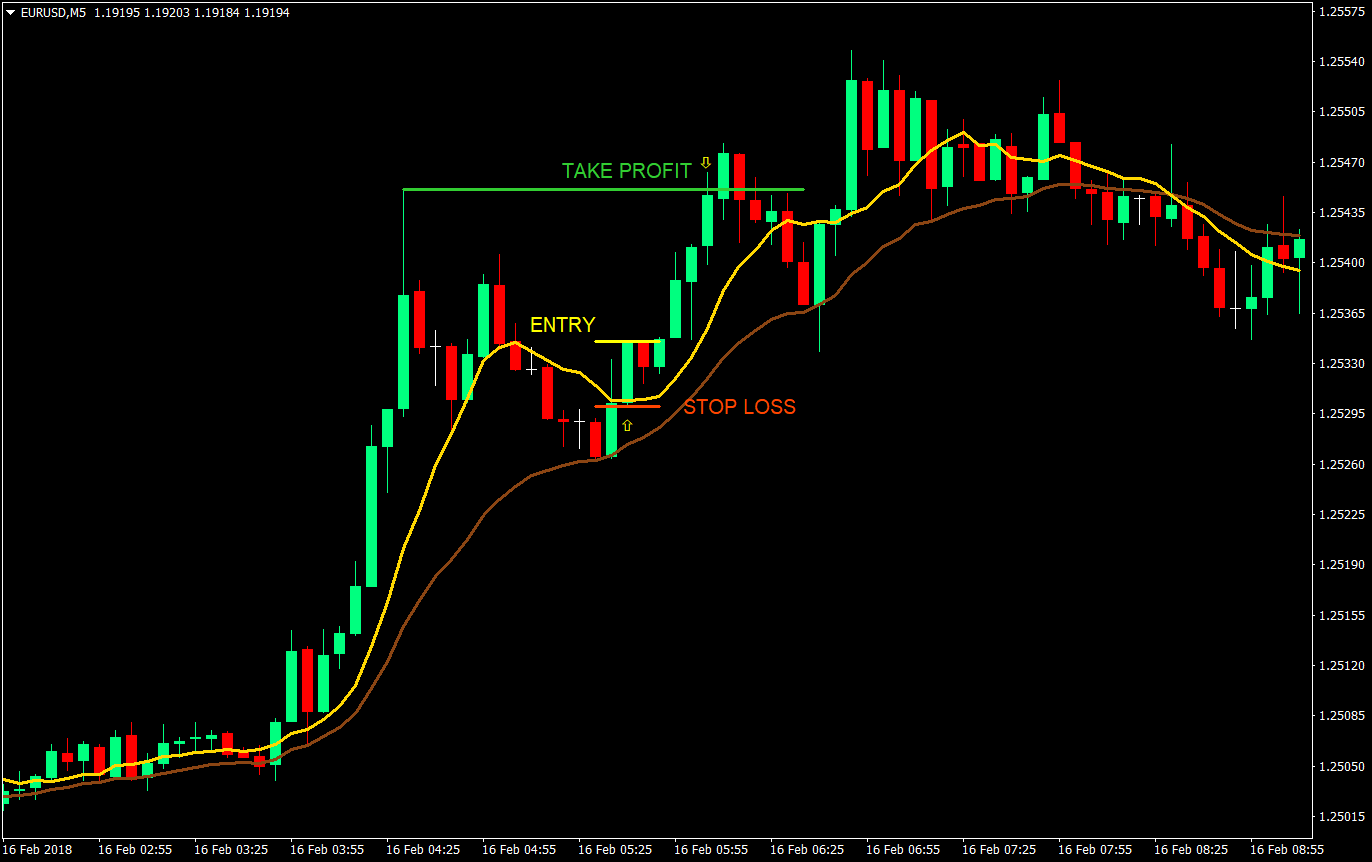
Individuals can create offshore asset protection trusts that protect their assets from creditors as well as the IRS. They are not considered to be a tax evasion tool. Instead, they are audited and monitored by U.S. accounting companies. These trusts also have many advantages, such as easier management and more flexibility. If you're considering an offshore asset protection trust, here are some important facts you should know. Continue reading to learn more about the benefits of these trusts.
Offshore asset security trusts aren't a tax-evasion tool
Offshore asset protection trust planning is one of the most effective means to protect your assets. It protects assets against predatory lawyers and creditors. The laws of another nation can be used to create an offshore asset preservation trust. This allows you avoid the U.S. courts, which are notoriously misused by people who want to make quick money.

They don't provide protection against creditors
Offshore asset protection trusts do not shield your assets from creditors, despite what they claim. Offshore trusts do not follow the same U.K. laws as the U.S., so they are not subject to contingency fees or require court bonds in order to file lawsuits. It is therefore more difficult to sue an offshore trust for assets.
These are audited annually by U.S. national accounting firms
Offshore asset trusts can be established to protect assets from lawsuits. National U.S. accounting companies conduct annual audits. Trust administrators have years of experience managing millions of US dollars. Offshore asset protection trusts have no more risk than domestic trusts but have the added benefit of additional protection. An investigation by the Washington Post, the International Consortium of Investigative Reporters (ICIJ), has found numerous instances of foreign leaders using offshore trustees to protect assets.
They are easy to manage
An offshore asset protection plan is an easy way to safeguard assets. It is possible to set up a foreign trust that will hold your assets. This is why offshore LLCs are the best option. It is much easier to manage an offshore LLC than a trust in your own country. Even gold and dinars can be owned, which are non-balance-sheet assets. You also have the option to create an offshore asset security plan that will give you more control over your investments.

They can be purchased for $5,000-10,000 per year.
However, offshore asset trusts for asset protection are expensive. They cost between $5,000 and $10,000 to set up, and $10,000 to manage. Initial costs for setting up an offshore trust to protect assets range from $5,000 to $25,000 and annual trustee or management fees between $2,000 and $5,000. Some offshore asset protection trusts are linked with an offshore corporation or limited liability company to help keep your business concerns operating. The fees vary depending upon the jurisdiction.
FAQ
Is it possible for passive income to be earned without having to start a business?
Yes, it is. In fact, the majority of people who are successful today started out as entrepreneurs. Many of them were entrepreneurs before they became celebrities.
However, you don't necessarily need to start a business to earn passive income. Instead, you can simply create products and services that other people find useful.
For instance, you might write articles on topics you are passionate about. You can also write books. You could even offer consulting services. Only one requirement: You must offer value to others.
At what age should you start investing?
An average person saves $2,000 each year for retirement. You can save enough money to retire comfortably if you start early. If you wait to start, you may not be able to save enough for your retirement.
You should save as much as possible while working. Then, continue saving after your job is done.
The earlier you start, the sooner you'll reach your goals.
When you start saving, consider putting aside 10% of every paycheck or bonus. You might also consider investing in employer-based plans, such as 401 (k)s.
Contribute enough to cover your monthly expenses. You can then increase your contribution.
How do I determine if I'm ready?
First, think about when you'd like to retire.
Is there a specific age you'd like to reach?
Or would that be better?
Once you have established a target date, calculate how much money it will take to make your life comfortable.
Then you need to determine how much income you need to support yourself through retirement.
You must also calculate how much money you have left before running out.
How do I begin investing and growing my money?
You should begin by learning how to invest wisely. By learning how to invest wisely, you will avoid losing all of your hard-earned money.
Also, you can learn how grow your own food. It's not nearly as hard as it might seem. With the right tools, you can easily grow enough vegetables for yourself and your family.
You don't need much space either. Make sure you get plenty of sun. Also, try planting flowers around your house. They are very easy to care for, and they add beauty to any home.
You might also consider buying second-hand items, rather than brand new, if your goal is to save money. It is cheaper to buy used goods than brand-new ones, and they last longer.
Should I purchase individual stocks or mutual funds instead?
Diversifying your portfolio with mutual funds is a great way to diversify.
They may not be suitable for everyone.
If you are looking to make quick money, don't invest.
Instead, pick individual stocks.
You have more control over your investments with individual stocks.
In addition, you can find low-cost index funds online. These funds allow you to track various markets without having to pay high fees.
What can I do with my 401k?
401Ks are a great way to invest. They are not for everyone.
Most employers give employees two choices: they can either deposit their money into a traditional IRA (or leave it in the company plan).
This means you will only be able to invest what your employer matches.
You'll also owe penalties and taxes if you take it early.
Do I need to diversify my portfolio or not?
Diversification is a key ingredient to investing success, according to many people.
Financial advisors often advise that you spread your risk over different asset types so that no one type of security is too vulnerable.
This strategy isn't always the best. In fact, you can lose more money simply by spreading your bets.
Imagine, for instance, that $10,000 is invested in stocks, commodities and bonds.
Suppose that the market falls sharply and the value of each asset drops by 50%.
At this point, you still have $3,500 left in total. However, if all your items were kept in one place you would only have $1750.
In reality, you can lose twice as much money if you put all your eggs in one basket.
It is crucial to keep things simple. Don't take on more risks than you can handle.
Statistics
- Over time, the index has returned about 10 percent annually. (bankrate.com)
- As a general rule of thumb, you want to aim to invest a total of 10% to 15% of your income each year for retirement — your employer match counts toward that goal. (nerdwallet.com)
- 0.25% management fee $0 $500 Free career counseling plus loan discounts with a qualifying deposit Up to 1 year of free management with a qualifying deposit Get a $50 customer bonus when you fund your first taxable Investment Account (nerdwallet.com)
- If your stock drops 10% below its purchase price, you have the opportunity to sell that stock to someone else and still retain 90% of your risk capital. (investopedia.com)
External Links
How To
How to invest stocks
Investing is one of the most popular ways to make money. It is also considered one of the best ways to make passive income without working too hard. As long as you have some capital to start investing, there are many opportunities out there. It is up to you to know where to look, and what to do. The following article will teach you how to invest in the stock market.
Stocks are shares of ownership of companies. There are two types, common stocks and preferable stocks. Public trading of common stocks is permitted, but preferred stocks must be held privately. The stock exchange allows public companies to trade their shares. They are valued based on the company's current earnings and future prospects. Stocks are purchased by investors in order to generate profits. This process is known as speculation.
There are three main steps involved in buying stocks. First, you must decide whether to invest in individual stocks or mutual fund shares. The second step is to choose the right type of investment vehicle. Third, decide how much money to invest.
Decide whether you want to buy individual stocks, or mutual funds
If you are just beginning out, mutual funds might be a better choice. These are professionally managed portfolios that contain several stocks. Consider the risk that you are willing and able to take in order to choose mutual funds. Certain mutual funds are more risky than others. If you are new to investments, you might want to keep your money in low-risk funds until you become familiar with the markets.
You should do your research about the companies you wish to invest in, if you prefer to do so individually. You should check the price of any stock before buying it. You do not want to buy stock that is lower than it is now only for it to rise in the future.
Choose Your Investment Vehicle
Once you've made your decision on whether you want mutual funds or individual stocks, you'll need an investment vehicle. An investment vehicle can be described as another way of managing your money. You could place your money in a bank and receive monthly interest. You could also create a brokerage account that allows you to sell individual stocks.
You can also set up a self-directed IRA (Individual Retirement Account), which allows you to invest directly in stocks. You can also contribute as much or less than you would with a 401(k).
Selecting the right investment vehicle depends on your needs. Are you looking to diversify, or are you more focused on a few stocks? Are you seeking stability or growth? How confident are you in managing your own finances
All investors must have access to account information according to the IRS. To learn more about this requirement, visit www.irs.gov/investor/pubs/instructionsforindividualinvestors/index.html#id235800.
Decide how much money should be invested
It is important to decide what percentage of your income to invest before you start investing. You can either set aside 5 percent or 100 percent of your income. Your goals will determine the amount you allocate.
For example, if you're just beginning to save for retirement, you may not feel comfortable committing too much money to investments. For those who expect to retire in the next five years, it may be a good idea to allocate 50 percent to investments.
It is important to remember that investment returns will be affected by the amount you put into investments. Before you decide how much of your income you will invest, consider your long-term financial goals.